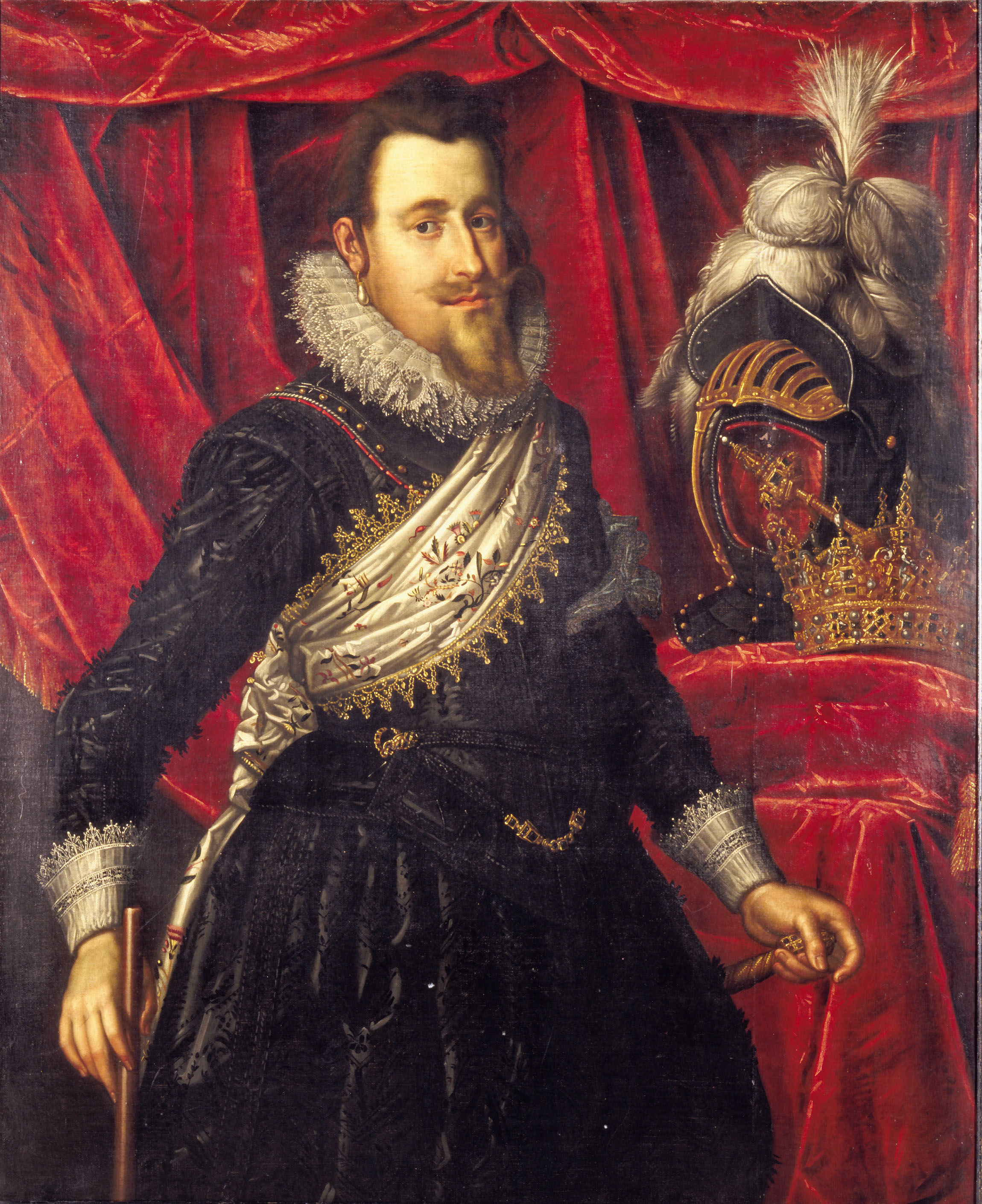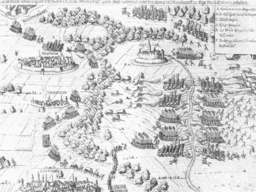Major Player: Christian IV of Denmark
It’s been a while since I’ve done one of these posts, but now that I’m in the process of editing Valley of the Shadow, it’s time to start introducing some of the new characters and the historical figures they’re based upon.
 With a reign that lasted fifty-nine years, Christian IV of Denmark was its longest-reigning king. He was also one of its most dynamic and interesting. A true renaissance man, he helped make Denmark an important cultural center and a true political and military power in Europe. Denmark was at war for much of his reign and the results of his military adventures were mixed.
With a reign that lasted fifty-nine years, Christian IV of Denmark was its longest-reigning king. He was also one of its most dynamic and interesting. A true renaissance man, he helped make Denmark an important cultural center and a true political and military power in Europe. Denmark was at war for much of his reign and the results of his military adventures were mixed.
For our purposes, his involvement in the Thirty Years War is the most interesting. A devout Protestant, Christian was also dynastically attached to a good chunk of northern Europe. His sister Anne was Queen of England, which meant Elizabeth Stuart, the short-lived Queen of Bohemia was his niece. His other sister was married to the Duke of Brunswick, which made our very own Christian of Brunswick his nephew. So the conflict at least started out as a family affair.
But King Christian had additional motives for entering the war. In the aftermath of the disastrous Bohemian rebellion, Protestant forces in Germany were quickly put on the defensive. The growing power of the Habsburg empire threatened Danish holdings in what is today northern German (Schleswig-Holstein). In addition, Christian was engaged in an intense and hostile rivalry with the Swedish king Gustavus Adolphus and worried that he might dominate the Baltic if he stepped in first and became the savior of Protestant Germany.

Tilly, assisted by the great general Wallenstein, chased Christian into Danish territory and occupied the Jutland Peninsula. This terrible loss was the end of Denmark’s involvement in the Thirty Years War. As unfriendly as neighboring Sweden was toward Denmark, it was even less keen on seeing Catholic Germans controlling the Baltic. Gustavus Adolphus came to Christian’s aid, helping him into a position where he could make terms with the Empire. He regained all the Danish territory he lost on the condition that he no longer interfere in the war.
The aftermath of Christian’s defeat was a disaster for German Protestants. Emperor Ferdinand II took advantage of their weakness and forced the Edict of Restitution upon Protestant lands, forcing them to give back much of the land and wealth they had acquired after the Reformation. This was intolerable to the rest of Protestant Europe and led to the Swedish invasion of Germany and the next phase of the war.
In spite of this setback, Christian continued an aggressive foreign policy, especially in regards to Sweden. An energetic and hands-on ruler, he sponsored Danish exploration in North America and India and was behind numerous lavish building projects in Denmark and Norway.
He had a tumultuous personal life, marrying the controversial, difficult and unfaithful Kirsten Munk after his first wife died, and fathering numerous children with her and various mistresses. Rose Tremain’s fabulous Music and Silence is an interesting fictional window into that situation.
Even though Denmark lost its supremacy over the Baltic to Sweden during his reign, Christian was a popular monarch and remains so to this day.

My mouth just drops when I read your posts about this stuff. Then I have to stop and ask myself why I’m so surprised. Everyone has a passion and this is yours. Plus your family background makes history a fertile garden plot for your imagination. It didn’t take you nearly as long to pound this one out, did it…
Yes, this sort of thing is pure fun for me. I’m glad I finally have a use for this hobby!